Students
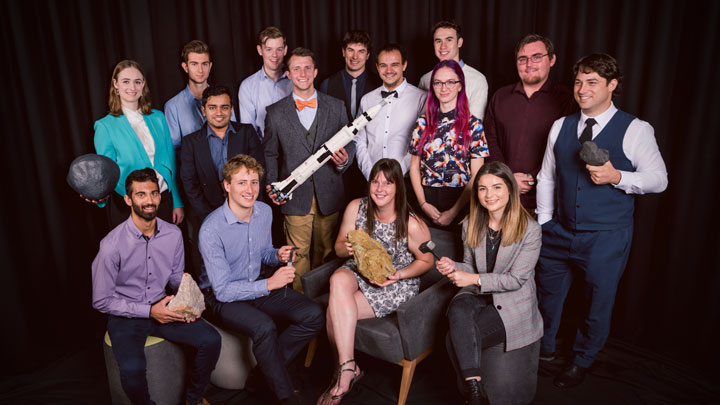
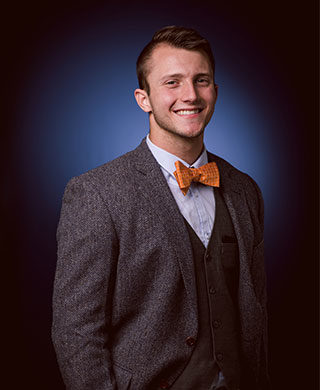
Patrick Shober
The Near Earth Object (NEO) population is thought to be the source of all meteorites found on Earth. By using the orbital data collected from the Desert Fireball Network, Patrick’s work will hopefully clarify the connections that exist between meteorites and their source NEOs. This orbital analysis is primarily done by employing rigorous integration techniques along with several statistical methods. Patrick joined the group in 2017 after completing his B.S. Geological Sciences at Case Western Reserve University, where he worked at NASA Glenn Research Center studying the non-gravitational forces that dominate the properties of asteroid regolith.

Seamus Anderson
Seamus previously worked at the Center for Microgravity Research in Orlando, Florida, to design, build, and operate experiments to investigate the physics of asteroid-like environments on reduced-gravity platforms, including drop towers, suborbital rockets, parabolic flights and the ISS. After finishing his B.Sci. in Physics at the University of Central Florida, he moved to Perth in August 2018 to begin working on the Desert Fireball Network. Currently, he works to retrieve fallen meteorites observed through the network by using semi-automated drones and computer vision algorithms to search the desert surface for meteorites.
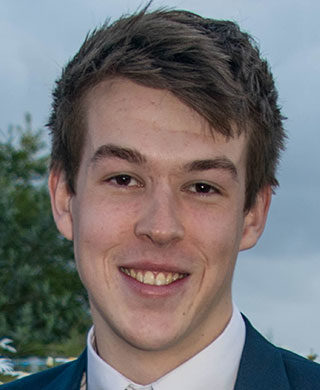
Stuart Buchan
After graduating with first class honours from mechatronic engineering at Curtin University, Stuart worked as a research engineer for the Desert Fireball Network developing a high time resolution radiometer to improve fireball trajectory modelling. He is now developing guidance, propulsion and control systems for small spacecraft as a part of his PhD with the Space Science and Technology Centre.
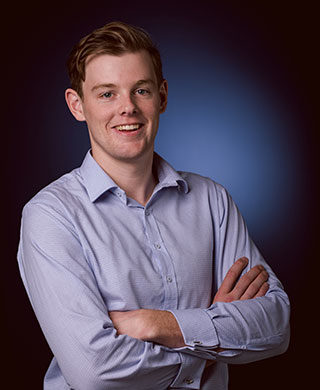
Fergus Downey
Beginning his honours project with the SSTC in 2018 Fergus began work on the power system for Curtin Universities first CubeSat. Currently about to graduate with a Mechatronic Engineering degree he plans to stay on at Curtin University and study his PhD with the SSTC. His PhD will involve continuing his work on CubeSat design and also developing de-orbit devices for the small satellite platform. The eventual goal of this project is to successfully return CubeSats to earth so that they may be recovered and have there payload collected.
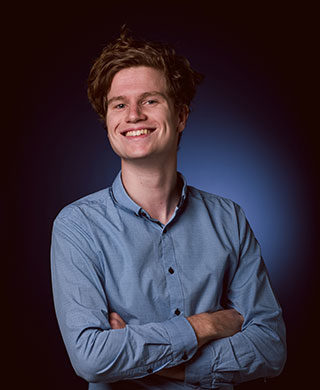
Nathaniel Brough
Finishing his Mechatronics honours project with the SSTC in 2018, Nathaniel’s initial research was focussed on satellite attitude control. Nathaniel plans to complete a PhD with the SSTC, furthering his work on the Binar CubeSat Program. The focus of this PhD will be to develop a ballistic sample collection apparatus, that may be used for collected samples from orbital bodies.

Ken Orr
Ken joined the SSTC from the UK in August 2018 to undertake a PhD on the geology of Mars. Ken previously graduated with an Integrated Master’s degree in Geological Sciences from the University of Leeds. His master’s project was on the geochemistry of mantle xenoliths from Tolbachick and Avachinsky volcanoes in Kamchatka, Russia. Ken is now analysing the geochemistry of Martian meteorites, rocks formed from Martian volcanoes that were later ejected, in order to locate their source craters on the surface of the red planet.
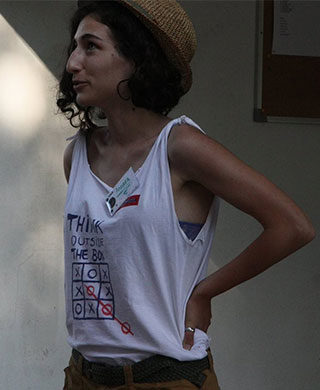
Andrea Rajšić
Andrea is a PhD student at Curtin University. She comes from Belgrade University in Serbia where she did her Bachelor and Master thesis which were related to Tectonics and Structural Geology. In October 2018 Andrea joined the group. Andrea is currently working on Marsquakes. Her project is closely related to the new NASA’s InSight Mission. With the seismic signals from impacts on Mars and numerical modelling she will try to better understand uppermost layers of Mars’ crust.
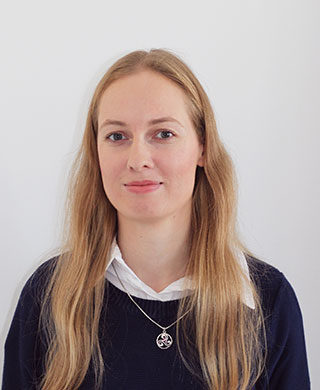
Tanja Neidhart
Tanja Neidhart joined Curtin University as a PhD student in October 2018. Prior to joining the team, she studied astronomy at the Department of Astrophysics in Vienna, Austria. In her master’s thesis she examined polygonal impact craters on Rhea, Dione, Tethys, Ceres, and Vesta studying their abundance and characteristics. Her PhD project focuses on fireballs on Mars and studying seismic effects on this planet. To accomplish this, she uses data from the Desert Fireball Network that can also help in the interpretation of data obtained from NASA’s InSight mission to Mars.
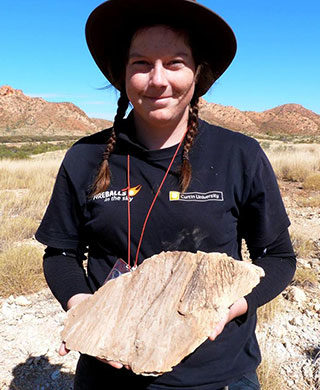
Morgan Cox
Morgan is an undergraduate who joined the Desert Fireball Network in November 2015 working on decoding the timing of fireball trajectories. She will be starting her PhD at the SSTC in 2019 working on accessory minerals from Archean and Hadean populations, looking for shock deformation in order to decipher the Earth’s impact history. She will also be working on the drill core from the Woodleigh impact structure in Western Australia.
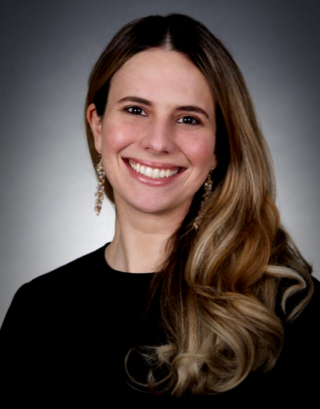
Raiza Quintero
Raiza joined the SSTC at Curtin University in April 2019. She is undertaking a PhD which consists of assessing the economic potential of Australian meteor impact craters. Prior to landing in Perth, she worked at BP-America for over 7 years as a Petroleum Systems Geologist for multiple sedimentary basins around the globe. Raiza holds a BSc in Geology from the University of Puerto Rico – Mayaguez, where she worked identifying shocked zircon in Vaal River sediments (Vredefort impact crater drainage system). She also holds an MSc in Geology from the University of Wisconsin – Madison, where she used SIMS analysis of Oxygen isotopes in Zircon and Garnet to understand peraluminous magma genesis.
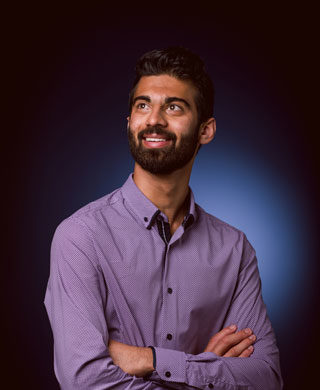
Ravi Patel
Ravi completed his Bachelor of Science (Applied Geology) (First Class Honours) at Curtin University in 2019. His Honours research project was within the field of Planetary Geology and focused on investigating shock deformation and crystallisation ages of meteorites that are known to have originated on the planet Mars. Currently, Ravi is continuing on with the work he conducted during his Honours research, as a PhD candidate who is utilising 40Ar/39Ar radio-isotopic dating and U/Pb radio-isotopic dating using atom probe tomography (APT) techniques, along with scanning electron microscopy (SEM) with electron back-scattered diffraction (EBSD) techniques to investigate the geochronological history of these Martian meteorites.

Nicole Nevill
Nicole is an astro-geologist and cosmochemist who utilizes the petrology, structural geology, chemistry, mineralogy and spectroscopy of meteorites to understand the early evolution of our solar system. Her research focuses on presolar environments, evolution of primitive cosmic grains and the formation of our protoplanetary disk, particularly the role of physical and chemical processing through the nebula. She received her Honours from Curtin University in 2016 for which she won the VSSEC NASA Space Prize for the top planetary science honours in Australia under the geology category. Nicole was then later selected as one of 14 internationally and the only Australian, for the Lunar and Planetary Science summer Internship at NASA’s Johnson Space Centre (JSC) in Houston Texas.
Nicole is currently studying her PhD with the Space Science and Technology Centre (SSTC), Curtin University and working in collaboration with NASA’s Johnson Space Centre as one of three main projects; (1) Studying the first solids within our solar system to understand early physical and chemical processing (SSTC); (2) Enhancing our understanding of organic molecular evolution within the cosmos (NASA) and (3) Refining our understanding of chondrules, precursor planetary materials (SSTC). Nicole was selected for the John Curtin Leadership Academy in 2015 and the Sir Charles Court Young Leaders Program in 2010 with involvement in various volunteering and science communication roles. These experiences drive her passion to see change, leadership, growth and educational development in the world.
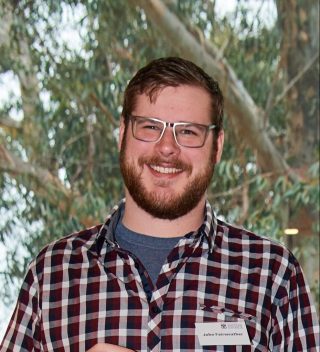
John Fairweather
I joined the SSTC at start of 2020 after migrating from the University of Western Australia (UWA), where I graduated with first class honours in Geology and a major’s degree in Archaeology. Prior to the move, I was occupied with investigating non-destructive ways to geochemically characterise archaeological stone material in north-western Western Australia – this was to aid in answering questions about early human occupation and tool production patterns. Shifting from Earth to space, I’m currently undertaking a PhD which aims to date the Moon at an ultimate resolution using machine learning.
Former Students
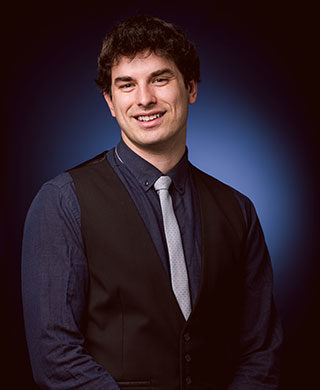
Trent Jansen-Sturgeon
Trent joined the Australian Desert Fireball Network in March 2016 to begin his PhD in using the network for satellite orbital determination and tracking. After completing degrees in Advanced Science and Space Engineering at Sydney University, Trent was keen to further build his education and expertise in the space field, and what better way to do it, than to move to Perth and become part of such an awesome project.
Trent first worked with the DFN team as an intern during winter of 2014 and 2015. In this time, he made a significant contribution in both the network’s expansion and software development. These encounters inspired him to undertake his PhD with the DFN. When Trent is not coding in the office or on fieldwork in the Australian Outback, he enjoys playing a game of soccer, going for a bike ride, or just a lazy run with the dog.
Current Employment: Lockheed Martin Australia
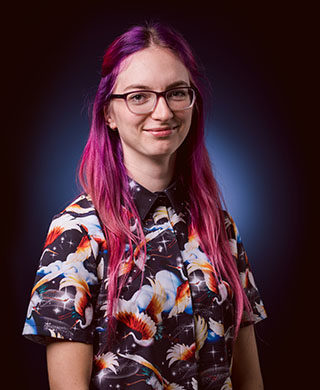
Josephine Newman
Josephine started with the SSTC as a Fireballs Intern working on the Planetary Perceptions of Our Time exhibition, a collaboration between Curtin illustration students and SSTC researchers. She completed her Bachelor of Science and Bachelor of Arts with Honours at Curtin University in 2018, and is particularly interested in the fusion of arts and sciences and the importance of good science communication. She now manages the SSTC social media accounts and website, helps to organise outreach events, and provides content and communications support to the SSTC team.
